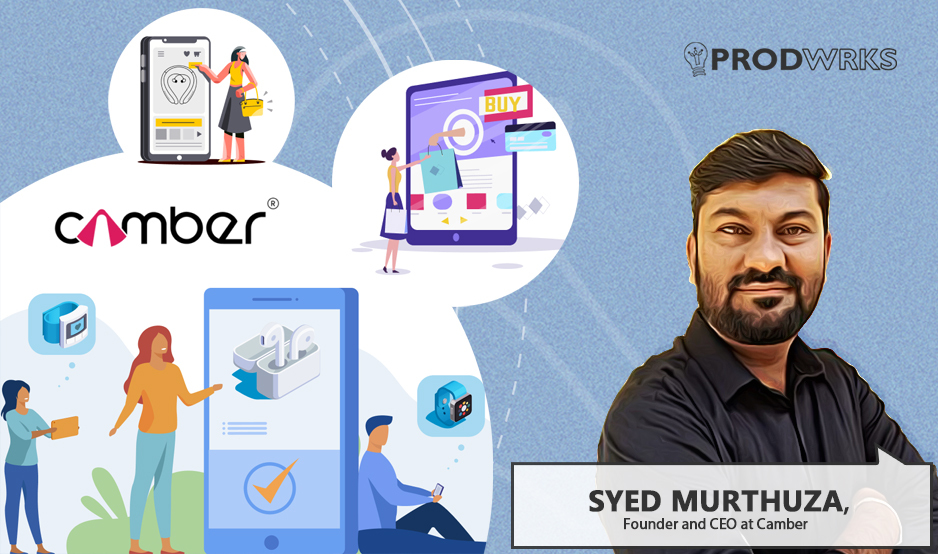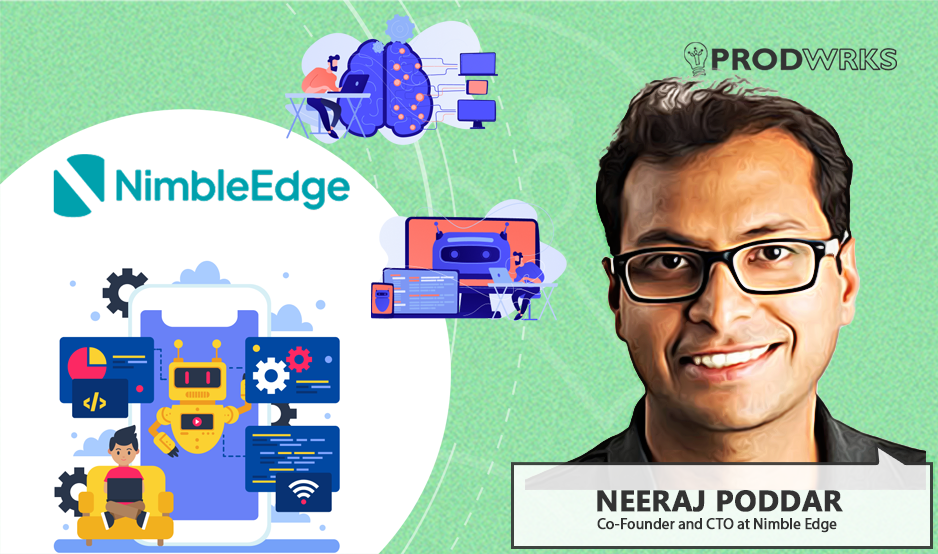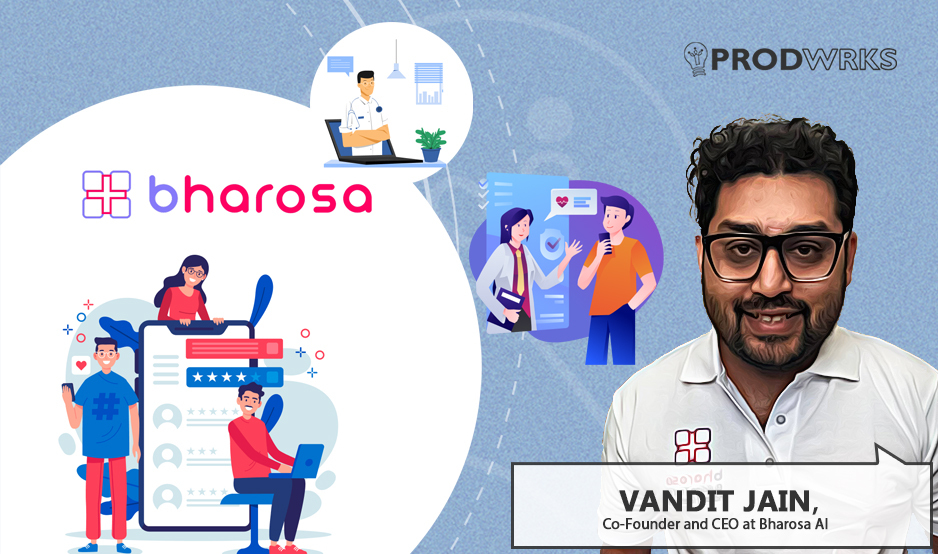
For most enterprises in India, managing virtual desktops is still a legacy nightmare. The systems they rely on are often slow, complicated, and designed for on-premise environments of the pre-cloud era, where even logging into a remote workstation could be frustrating and limit employee efficiency in any organization.
This personal frustration, especially with developer workstations, drove Lakshman Pasala to build Neverinstall, a browser-based virtual desktop infrastructure (VDI) platform that enables users to access any desktop software application on the browser without ever having to download or install.
Founded in 2019, Neverinstall simplifies how enterprises deliver secure, high-performance desktops across their teams. They have built their entire desktop-as-a-service (DaaS) stack in-house and are going head-to-head with global incumbents by solving core infrastructure problems most others avoid. Today, the platform powers virtual workstations for over 1.5 lakh users across companies like Porter, Solidcam, and Tally.
According to Tracxn, the company has raised $1.21M in funding from investors like Speciale Invest, Callapina, and Dholakia Ventures. In this story, we explore how Lakshman Prasad has rebuilt the virtual desktop from the ground up. He reveals insights into the changing demands of enterprise infrastructure.
The Early Realizations That Led to NeverInstall
Lakshman recalls, “Before that, my idea of business had been shaped by a typical middle-class mindset where I thought you needed people, sales teams, and boots on the ground. But time at IIT (2008-2013) when the Indian startup ecosystem was booming, was one of the instances when I felt genuinely interested in building and running a startup.”
He says, “I would never be happy with the workstations that the company would provide. The hardware requirements would always change while working on different projects, and I would have to request an upgrade of the system.”
He explains, “I wanted to work on core infrastructure, problems that are so esoteric that no one really wants to build or solve them. That way, the question of build versus buy never even comes up. That was always the motivation when thinking about starting up, to work on problems that are basic, invisible, and utility-like, especially in the infrastructure space.”
Building the Full Stack to Compete with Giants
Lakshman explains, “The entire desktop and DaaS market, around USD 50 billion or so, was basically just these players. So that was a clear indicator that if we go and solve the hard engineering problems and build the stack in-house, the market was definitely there.”
The global landscape also revealed that only around 15 companies had built the entire DaaS stack themselves, with most of the companies simply building wrappers or interfaces on top of existing platforms. This highlighted an opportunity for the players who were willing to solve the hard engineering problems at the core infrastructure layer.
Neverinstall built its entire technology stack in-house, including its own supervisor and VDI layers. On top of this foundation sits the DaaS product, which leverages cutting-edge browser technology powered by WebAssembly.
From the outset, the team was clear about one thing: users should never have to install anything to access their remote machines. “That was part of the core thesis,” Lakshman says. “And, it’s also where the name NeverInstall comes from.”
“We use existing protocols but make all the necessary modifications to deliver a great user experience. I can confidently say the web browser experience we offer is the best in the world, better than anything from Microsoft, Citrix, VMware, AWS, or anyone else.”
Revealing the Friction Points in Legacy DaaS Workflows
“On top of that, the systems were needlessly complex and convoluted. Enterprise administrators managing these workstations often needed additional training just to understand how to use the product.”
“We knew we had to make setup super fast, and the product had to require as little user effort as possible in terms of clicks and understanding. Our UI is extremely simple. You just come in, click one or two buttons, wait for 30 to 60 seconds, and everything is ready to go.”
“So instead of giving a very complex layout of all the options available and making users do everything, we have simplified a bunch of things and set them up as default options. And during the POC and onboarding, we set these default options per customer. So it makes things a lot simpler for them to manage these workstations for their employees.”
The Two Core Customer Segments for Neverinstall
He explains, “The buying intent comes from the absolute requirement to have a secure, compliant workstation with all the controls that they can provide to their employees, and 90% of the buying intent would fall under this category.”
The second user group is customers that have applications as part of their workflow that are heavily software-intensive, such as companies that work on CAD, CAM software, even engineering teams, or game development studios where the intent to buy arises from the need to access a remote high end workstation which wouldnt be possible otherwise.
Neverinstall prices its product with two overall models that operate on a subscription-based model. Prices vary across customers, and they provide a fully managed offering that is based on the volume of users and the number of hours the customer uses, with prices being locked in for the duration of the contract. Lakshman emphasizes how users appreciate a locked-in price as they appreciate predictability.
“These customers appreciate the predictable pricing model, especially when they are adding new employees or scaling their teams. So, they want the unit price to be locked in.”
How Distribution Took Shape Around Existing Channels
Neverinstall follows two main paths for customer outreach, with the first being partner-led. This approach was shaped by early research, which showed that in the VDI, DaaS, and cloud infrastructure space, around 95 percent of sales were driven by partners.
Based on that insight, Neverinstall built its GTM model around a strong partner network, which now contributes the majority of its sales pipeline. Their second GTM track is direct sales, but inbound-led.
“So our main track is through partners,” he explains. “We work with a lot of cloud infrastructure providers, as well as channel partners like system integrators and VDI resellers. I would say more than 50% of the leads and customers we convert come through this partner-led go-to-market strategy.”
Signals That Shaped the Stack
“Our PMF would be how much of the user's time is being spent on this remote workstation. We look for data on whether the same user is coming every day and how many hours that user spends on their workstation. That was the key indicator that shows how frictionless the platform can be.”
“Linux worked out well for us for B2B customers as well. Excluding larger VDI companies, we are one of the few companies that offer a very good Linux DaaS. We also provide the option of bringing your own cloud, as many customers already have a cloud account or a cloud infrastructure account. About 40% of our customers are using the bring your own cloud infrastructure that we have, where we seamlessly orchestrate this on any of the major cloud providers out there.”
Esoteric Problems and Scarce Talent
“So you have to be a systems guy and build that engineering competency where you're working on talking protocols, the encoding side of things, and also on kernel modules,” he says. “To build this, you have to be good and have that depth across every aspect of computer science and cloud infrastructure.”
“You don’t find engineers with experience in this kind of stack,” he says. “So we often hire younger folks and train them ourselves, or try to find a handful of senior people who can work across the stack.”
Reducing Downtime
Lakshman explains, “We are very particular about what the downtime is, how many support tickets are coming in, and how fast we can resolve. Then there are response times, resolution times, and all of those things.”
Lakshman explains, “We also started informing customers two weeks in advance before any significant shift or possible downtime, and began working with downstream providers to resolve issues as they happen.”
Tracking Emerging Tech to Sharpen the Stack
“We’ve seen real gains in productivity from using AI in our workflows,” Lakshman says. “Even if engineering hasn’t fully benefited yet, we’re closely tracking how AI evolves and how it might fit into more areas over time.”
“We’ve done a lot of work on eBPF internally,” he says. “It’s been useful for building parts of our stack that need high performance and low overhead.”



